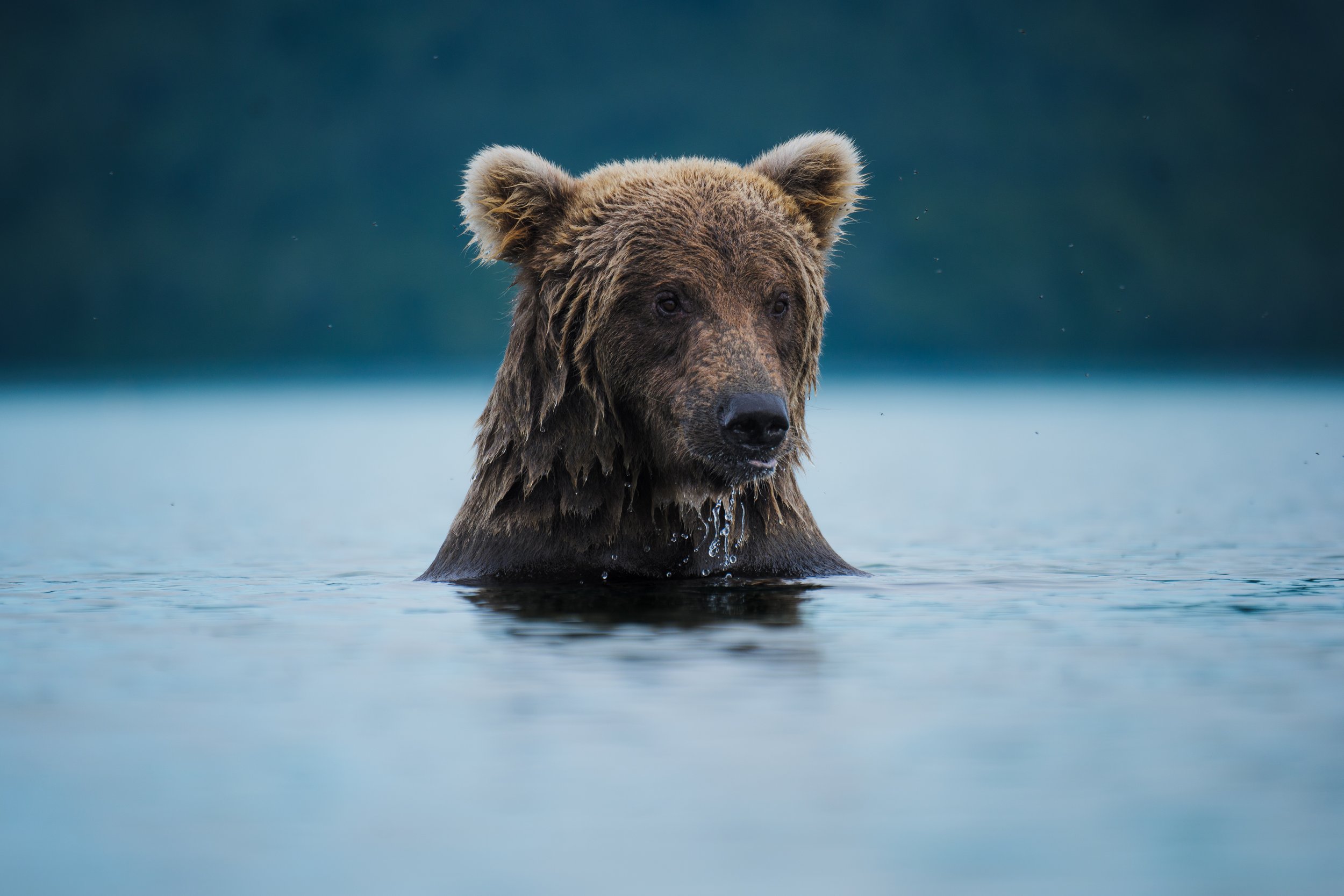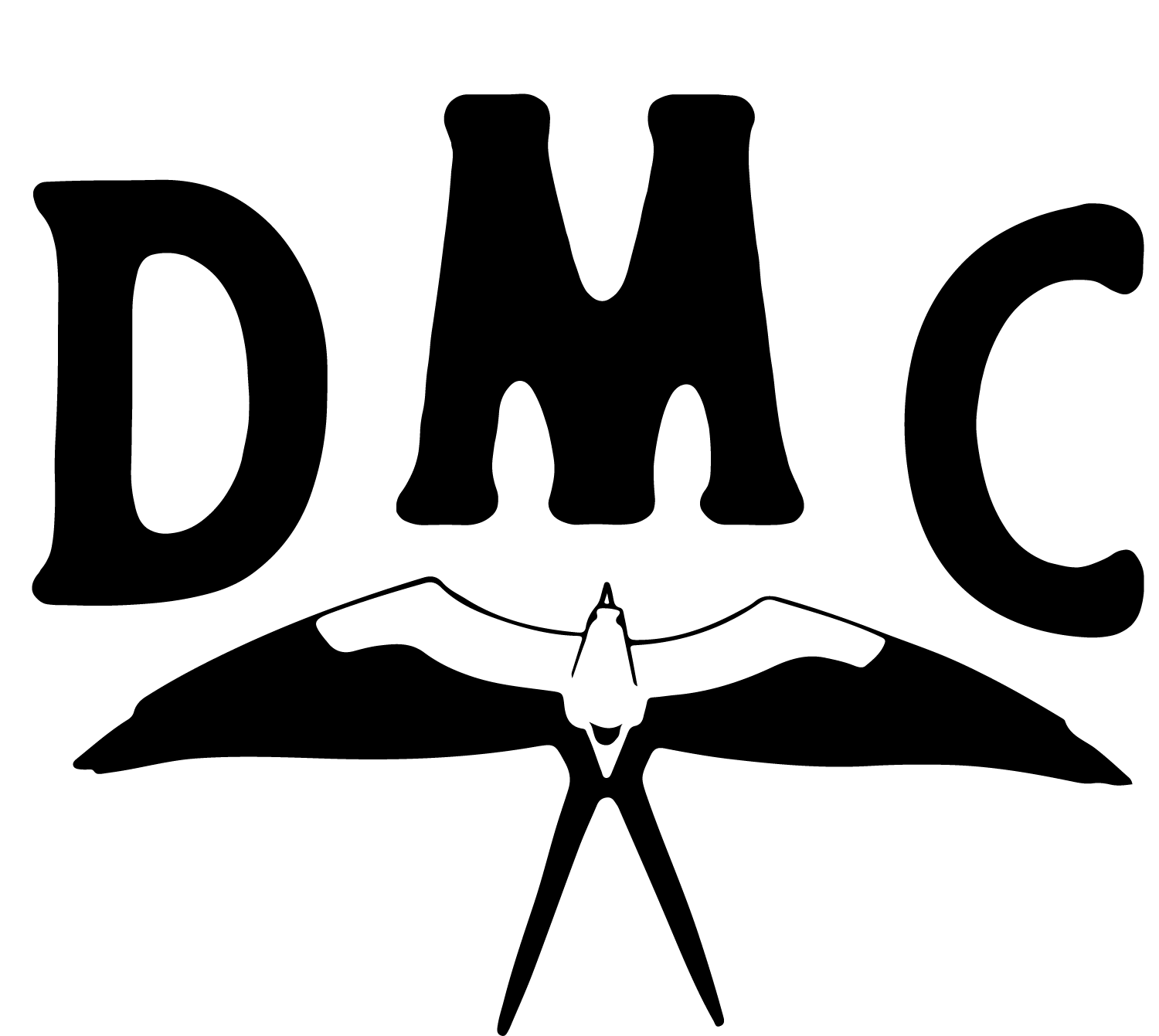
Where the Rivers Run Red
Cover story for
Issue
37
About the Story.
Never before has the dependent relationship between the world’s densest brown bear population and nature become more evident than when standing in the middle of the Alaskan salmon run in Katmai National Park.
READ AN EXCERPT
It is no mystery that the population of this world continues to grow, and with it, the amount of developed land, resulting in an ever diminishing lack of truly wild places. Despite this, there are still hidden gems that remain mostly untouched, and I believe that deep down, buried in our biology, all of us have the urge and desire to find these places. As a photographer, guide, and fly fisherman, I tend to follow those desires and thus, my travels led me to perhaps the most wild place the United States has to offer, Alaska.
Looking west of Anchorage, a small town called King Salmon sits on the Nanek river just southwest of Katmai National Park. King Salmon is one of those towns where you can stand on one side and see the other, and with only one road leading to the only other surrounding town, Naknek, a commercial fishing town, one only access to the tundra, rivers, and mountains is through the use of boats or, more commonly, float planes.
In this area, the rivers and volcanic mountains that make up Katmai National Park, as well as the tundra, create a unique environment in which each distinct part interacts with one another.
Katmai was initially found due to the exploration of National Geographic explorers after the eruption of Novarupta, one of the largest volcanic eruptions ever recorded. Although this eruption displaced the native Alutiiq people, what was uncovered was a system of lakes and rivers that only became more fertile, and would soon function as a hub for an abundance of both flora and fauna.
Yet, despite the physical and geographic monuments, the true marvel and all encompassing driver for every aspect of nature and the current economy in this area is due to one of the largest migrations our planet has to offer, the salmon run.
With around 80 million fish moving from the ocean into a variety of different rivers, the amount of biomass that the salmon run consists of is simply staggering. Salmon are what we call anadromous, a fish that lives most of their life (3-5 years) in the ocean, but migrates back into fresh waters to reproduce. Because of this, salmon will travel upwards of 2000 miles to return to the exact location they were born. It is thought that they do this through the use of the Earth’s magnetic field and then through the sense of smell once they reach the river.




